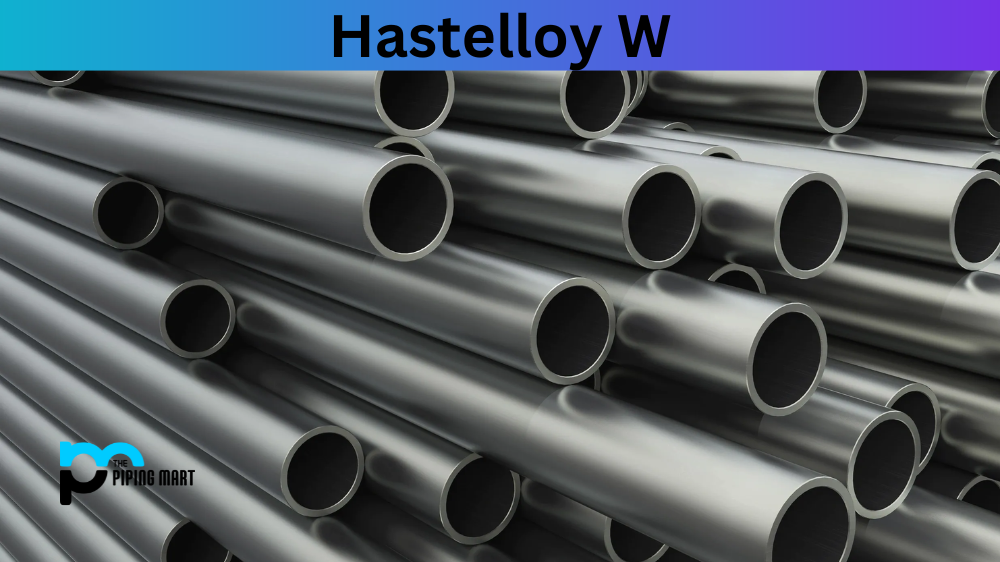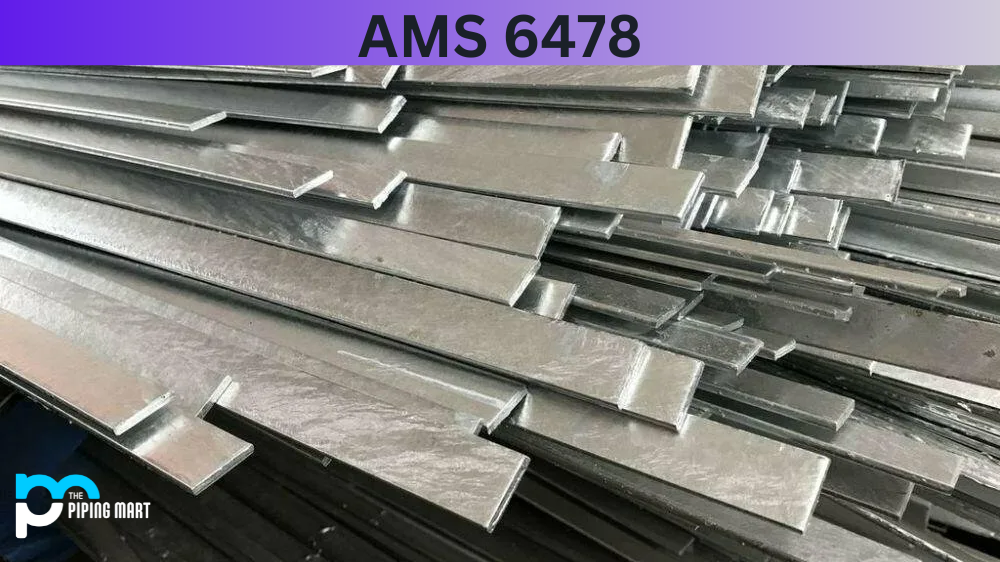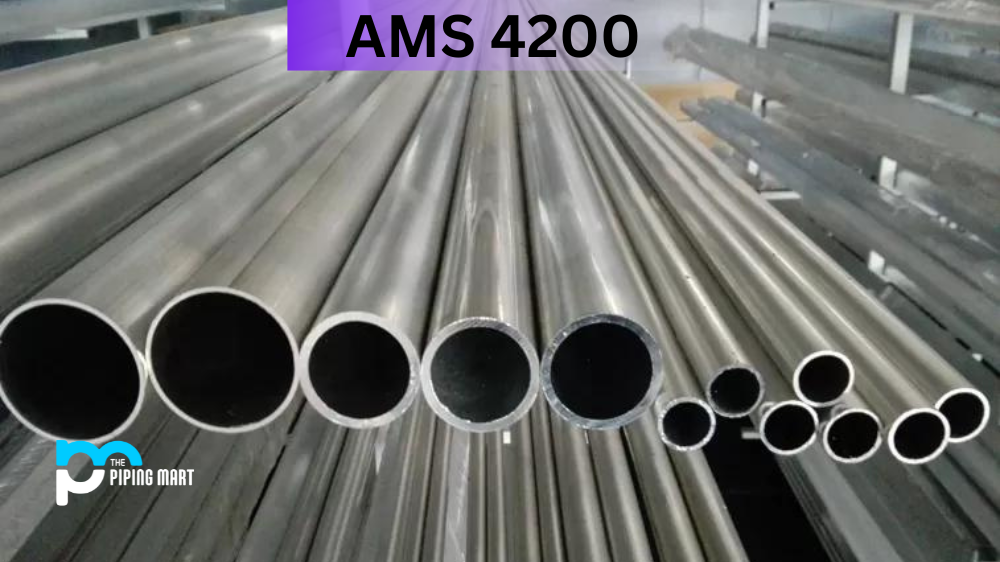Hastelloy W is a nickel-based superalloy known for its exceptional strength and corrosion resistance. It is an excellent option for various industries, including chemical processing, oil and gas, and nuclear power plants. If you want to learn more about this unique material, keep reading! This blog post will cover everything you need about Hastelloy W, from its composition to its uses and mechanical and physical properties.
Hastelloy W Composition
Hastelloy W is a highly alloyed nickel-chromium-iron-tungsten superalloy. Its chemical composition comprises 49% nickel, 15% chromium, 7% iron, and 5% tungsten. Additionally, it contains small amounts of molybdenum, cobalt, and carbon. This complex composition gives Hastelloy W its excellent strength and resistance to corrosive environments.
| Elements | Content (%) |
|---|---|
| Nickel, Ni | 63 |
| Molybdenum, Mo | 24 |
| Iron, Fe | 6 |
| Chromium, Cr | 5 |
| Cobalt, Co | 2.50 |
| Vanadium, V | 0.60 |
Hastelloy W Mechanical Properties
Hastelloy W is known for its exceptional mechanical properties. It has high tensile and yield strength, toughness, and ductility. It also has a high resistance to creep and fatigue, making it suitable for high-stress applications. The solid mechanical properties of Hastelloy W make it a popular choice for valves, pumps, and other equipment used in harsh environments.
Hastelloy W Physical Properties
In addition to its exceptional mechanical properties, Hastelloy W also has favourable physical properties. It has a density of 9.19 g/cm3 and a melting point of 1,350°C. It also has good thermal conductivity and electrical conductivity. The combination of its physical and mechanical properties makes Hastelloy W a versatile material used for various applications.
Hastelloy W Equivalent
- AMS 5755
- AMS 5786
Hastelloy W Uses
Hastelloy W is used in various industries due to its superior properties. It is particularly suitable for chemical processing applications, such as producing organic acids, chlorides, and fluorides. It is also used in oil and gas processing, nuclear power plants, and aeronautics. Its excellent corrosion resistance, and high strength make it ideal for harsh environments where other materials would quickly degrade.
Hastelloy W Corrosion Resistance
One of the most beneficial properties of Hastelloy W is its excellent corrosion resistance. It has superior resistance to oxidizing and reducing chemicals, making it suitable for high-temperature and high-pressure applications. It also resists stress corrosion cracking, pitting and crevice corrosion, and erosion. Hastelloy W is often used in applications where other materials would quickly corrode or degrade.
Hastelloy W Heat Treatment and Machining
Hastelloy W is a difficult-to-machine material. It requires special attention during heat treatment and machining to maintain its properties. Heat treatment is used to develop strength and toughness, but if performed incorrectly, it can lead to the formation of brittle phases. Machining requires high-speed tools and lubricants to prevent work hardening and tool wear. Despite the challenges, Hastelloy W can be machined successfully with the proper techniques and equipment.
Hastelloy W Welding
Hastelloy W can be welded using standard techniques, including gas tungsten arc welding (GTAW), gas metal arc welding (GMAW), and submerged arc welding (SAW). However, welding can reduce strength and toughness, mitigated using fillers designed explicitly for Hastelloy alloys. Welding also requires good ventilation to prevent toxic fumes from being released.
Conclusion
Hastelloy W is a highly versatile and durable material with exceptional properties. Its unique composition gives it the strength and corrosion resistance needed for harsh environments, making it a popular choice in chemical processing, oil and gas, and nuclear power industries. Its mechanical and physical properties make it a versatile material used in various applications, from valves and pumps to aeronautics. While it is difficult to machine and weld, it can be machined and fused with proper techniques to produce high-quality components. Hopefully, this blog post has given you a better understanding of what Hastelloy W is and how it can benefit your industry.

A passionate metal industry expert and blogger. With over 5 years of experience in the field, Palak brings a wealth of knowledge and insight to her writing. Whether discussing the latest trends in the metal industry or sharing tips, she is dedicated to helping others succeed in the metal industry.




